Disclosure: This article contains affiliate links. We may earn a commission from purchases at no extra cost to you, which helps our travel content.
At 64, with knees that remind me of every Liverpool bus route I've ever driven, you might wonder why I'm scrambling up Africa's second-highest peak. Simple answer: because it's bloody brilliant. Mount Kenya doesn't get the fame of its taller neighbor Kilimanjaro, and that's precisely why it deserves your attention. After five continents and countless mountains, I can tell you this dormant volcano offers something special: fewer crowds, more diverse landscapes, and a proper adventure that won't empty your wallet like those Everest Base Camp tours. Having just completed my third trek up this magnificent beast, I'm sharing my no-nonsense guide to tackling Mount Kenya from Nairobi—transportation quirks, dodgy weather patterns, and all. Grab a cuppa and let's sort out your Mount Kenya adventure.
Getting to Mount Kenya from Nairobi: The Transport Lowdown
As someone who's spent half his life behind a steering wheel, I notice things about transportation most travel bloggers gloss over. From Nairobi to Mount Kenya, you've got options that range from comfortable to character-building.
The most straightforward approach is hiring a private driver, which will set you back about 8,000-10,000 Kenyan Shillings (£55-70). Comfortable? Yes. Authentic? Not quite.
For the full Kenyan experience, do as I did and brave the matatus (minibuses). These colorful contraptions are the backbone of Kenya's transport system, much like our double-deckers back in Liverpool, only with significantly more personality and significantly less adherence to schedules. Board at River Road in Nairobi heading to Naro Moru, Nanyuki, or Chogoria depending on your chosen route. Expect to pay around 400-600 Shillings (£3-4) and prepare for a journey that's an adventure in itself.
If you're traveling with a group or value your personal space after three decades of public transport like me, consider splitting a taxi. I used a travel daypack for the journey, keeping essentials accessible while my main pack rode in the boot.
Whichever option you choose, leave Nairobi early. The roads aren't what you'd call 'premium quality,' and the last thing you want is navigating those mountain turns after dark. Trust a former bus driver on this one.
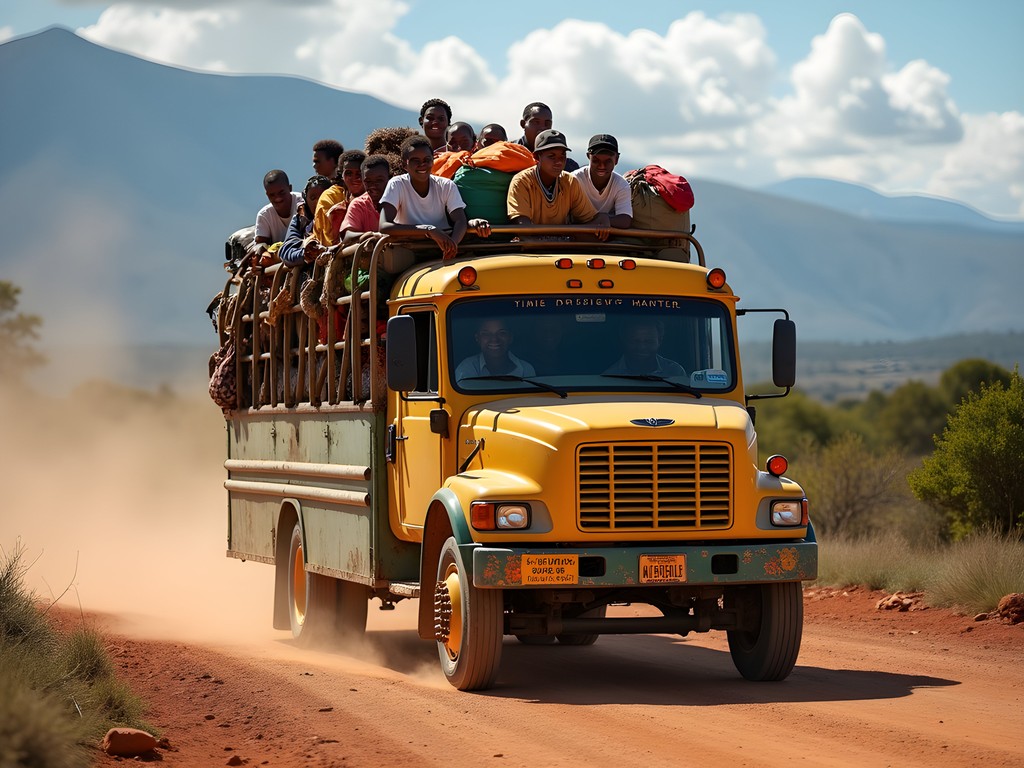
💡 Pro Tips
- Matatus to Mount Kenya parks leave primarily in the morning - arrive at the station by 7am for best options
- Keep valuables on your person, not in overhead storage on public transport
- Download maps.me before leaving Nairobi as mobile service becomes spotty approaching the mountain
Choosing Your Route: A Former Bus Driver's Perspective
After decades navigating Liverpool's narrow streets and Sydney's congested highways, I've developed a knack for route selection. On Mount Kenya, your choice of path dramatically shapes your experience.
The Naro Moru Route is the shortest and steepest option. Think of it as the express service - gets you there quick but you might miss the scenery. I don't recommend this for most trekkers unless you're pressed for time. The infamous 'vertical bog' section becomes a slippery nightmare after rain.
The Chogoria Route is what I'd call the 'scenic route' - longer but with spectacular views of lakes and valleys. It's the eastern approach and my personal favorite. The initial forest section reminds me of tramping in New Zealand, gradually giving way to moorland that feels otherworldly.
The Sirimon Route offers the most gradual ascent and highest success rates. If this is your first major altitude trek, this northern approach gives your body the best chance to acclimatize properly. This is the route I took on my first Mount Kenya adventure, and it served me well.
For my money, the best experience comes from an up-and-over traverse: ascending via Sirimon and descending via Chogoria. This combination lets you see the mountain's diverse ecosystems without retracing your steps.
Whichever route you fancy, you'll need a solid pair of hiking boots. I've tried budget boots and paid the price with blisters the size of two-pound coins.
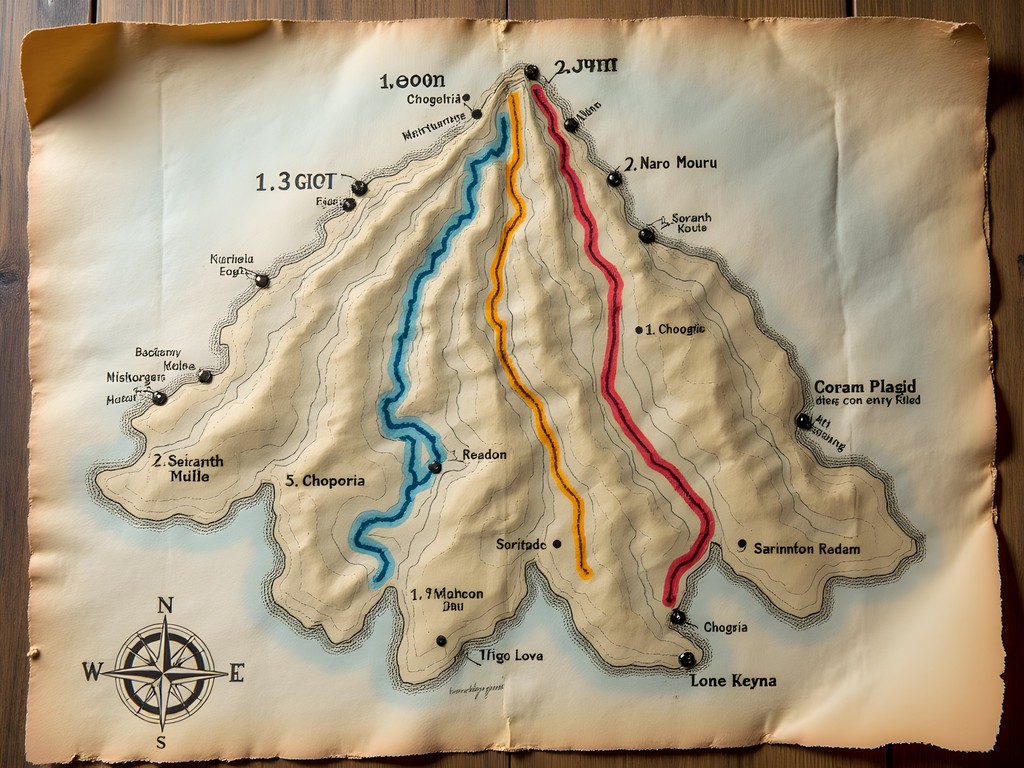
💡 Pro Tips
- Book park fees in advance through the Kenya Wildlife Service website to avoid higher rates at the gate
- The Sirimon-Chogoria traverse offers the best overall experience and acclimatization
- Allow one extra day beyond recommended itineraries for weather contingencies
Day-by-Day Itinerary: The Sirimon-Chogoria Traverse
Here's my tried-and-tested 7-day itinerary for the Sirimon-Chogoria traverse, the route I completed just last month:
Day 1: Nairobi to Sirimon Gate (2,650m) to Old Moses Camp (3,300m) An early start from Nairobi puts you at Sirimon Gate around midday. The trek to Old Moses Camp is a gentle 9km warm-up through montane forest. Watch for Columbus monkeys swinging overhead - cheeky buggers will steal your lunch if given half a chance.
Day 2: Old Moses Camp to Shipton's Camp (4,200m) This 14km day crosses the vast moorland plateau. The vegetation shifts dramatically as you gain altitude - from forest to heather zones to the alien-looking giant groundsels and lobelias. Reminds me of the Scottish Highlands on steroids.
Day 3: Acclimatization Day at Shipton's Don't skip this! A rest day with a short acclimatization hike up to 4,500m before returning to Shipton's. After driving buses in Sydney's heat, I thought I was tough as nails, but altitude humbles everyone. Use this day to test your headlamp before summit day.
Day 4: Shipton's to Point Lenana (4,985m) to Mintos Camp (4,200m) Summit day! A 3am start sees you scrambling up scree slopes by headlamp. The final approach requires basic scrambling but nothing technical. Sunrise from Point Lenana is worth every labored breath. After summit celebrations, descend to Mintos on the Chogoria side.
Day 5: Mintos to Lake Ellis Camp (3,600m) A shorter day with stunning views of Lake Michaelson below. The Chogoria route's scenery puts those fancy Swiss Alps panoramas to shame, if you ask me.
Day 6: Lake Ellis to Meru Mt. Kenya Bandas (3,000m) Continue down through the bamboo and rainforest zones. The descent is gentle on the knees compared to other routes.
Day 7: Meru Bandas to Chogoria Town and back to Nairobi A final 15km through forest to Chogoria gate, then transport back to Nairobi. Your legs will hate you, but your soul will be singing.
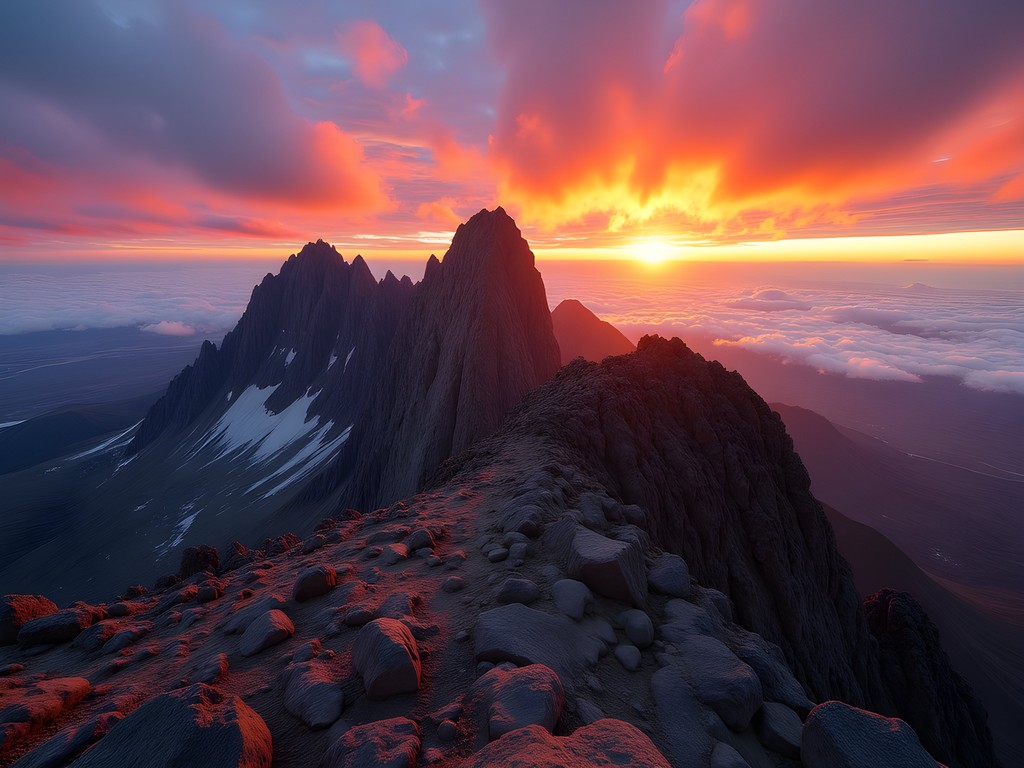
💡 Pro Tips
- Start your summit bid no later than 3am to reach Point Lenana for sunrise
- Pack gaiters for the boggy sections after rain
- The descent from Point Lenana to Mintos is poorly marked - consider hiring a guide
Gear Essentials: No-Nonsense Packing List
After summiting peaks across five continents on a bus driver's salary, I've learned what gear matters and what's just marketing fluff. For Mount Kenya, you need to prepare for four seasons in a single day.
Clothing: * Layer, layer, layer! I start with a moisture-wicking base, add a fleece mid-layer, and top with a down jacket that's seen me through Nepal and New Zealand. * Waterproof jacket and trousers – the mountain creates its own weather * Good quality hiking socks (3-4 pairs minimum) * Warm hat and gloves – summit morning is properly cold * Gaiters for the infamous boggy sections
Equipment: * 50-60L backpack with rain cover * Sleeping bag rated to at least -10°C * Trekking poles – your knees will thank you, especially if they've spent as many years behind a steering wheel as mine * Headlamp with spare batteries for the pre-dawn summit * 3L water capacity (combination of bottles and bladder)
Miscellaneous: * First aid kit including blister plasters and altitude sickness medication * High-energy snacks – the local food is great but familiar snacks boost morale * Camera – the scenery deserves better than just smartphone photos * Power bank – charging opportunities are limited
Don't be the plonker who shows up with a suitcase (yes, I've seen it happen). And forget cotton clothing unless you fancy feeling perpetually damp and cold.
Remember, you can hire sleeping bags, mats, and even jackets in Naro Moru or Nanyuki, but quality varies wildly. I always bring my own essentials rather than gambling on local rentals.
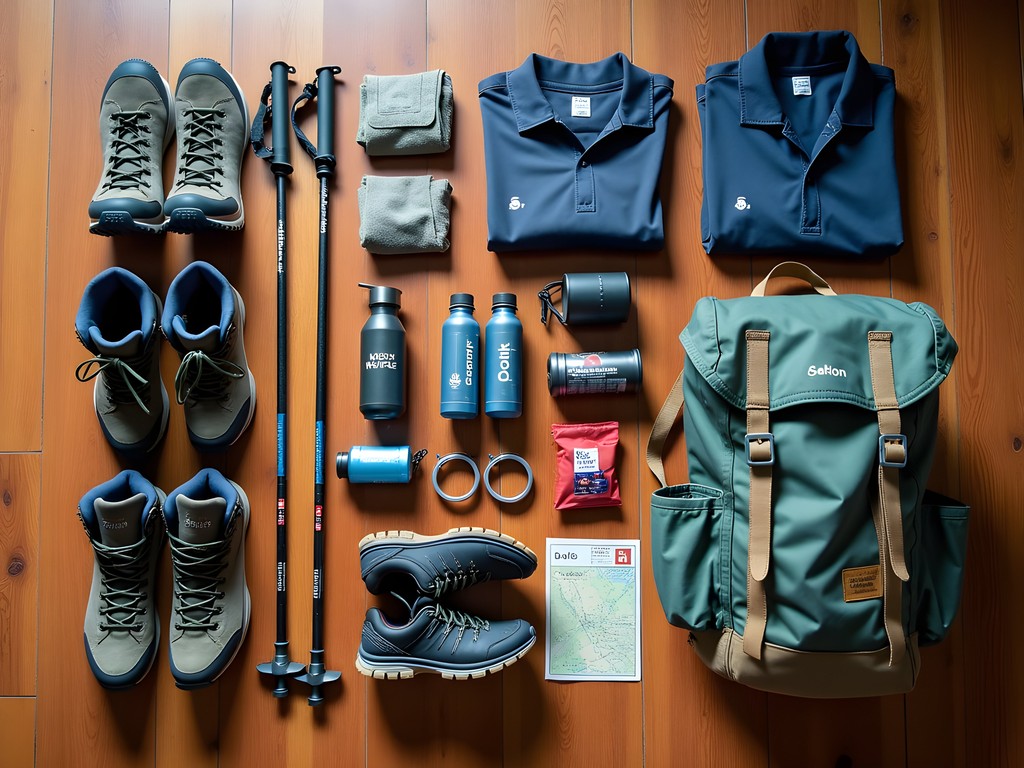
💡 Pro Tips
- Wrap electronics in ziplock bags - sudden rainstorms are common
- Bring twice as many socks as you think you'll need
- Pack a separate set of clean clothes for the return journey and leave them at your hotel in Nairobi
Guide or No Guide? A Straight Answer
After 35 years of navigating bus routes without GPS, you might think I'd advocate going guideless. You'd be wrong. Mount Kenya isn't a place for heroics or penny-pinching on safety.
While the mountain is technically walkable without a guide on the main routes, I strongly recommend hiring one, along with porters. Here's why:
-
Safety: Weather changes rapidly, trails become obscured in fog, and altitude sickness can affect even the fittest trekkers. My guide Francis spotted my early signs of altitude issues on day two and adjusted our pace accordingly.
-
Local Knowledge: The guides know where to spot wildlife, understand weather patterns, and share cultural insights you won't find in guidebooks. My guide pointed out plants used in traditional medicine that I would have walked right past.
-
Supporting Local Economy: Tourism provides crucial income in this region. The 30-odd quid per day for a guide is life-changing money locally but probably less than you'd spend on a night out back home.
-
Porter Ethics: If using porters (recommended for multi-day treks), booking through reputable companies ensures fair treatment and wages. Having driven a bus for decades, I appreciate fair working conditions.
You can arrange guides through your accommodation in Nairobi, at the park gates, or through agencies. Expect to pay $30-50 per day for guides and $15-25 for porters. Check they're registered with Kenya Wildlife Service for proper credentials.
If you're determined to go independently, at minimum carry a proper topographic map and compass. Your fancy smartphone GPS won't help when the battery dies at 4,000 meters in freezing temperatures.

💡 Pro Tips
- Tip your guide and porters separately at the end of the trek - around 10% of the total fee is standard
- Discuss expectations and route plans clearly before setting off
- Learn a few basic Swahili phrases - the guides and porters appreciate the effort
Final Thoughts
Mount Kenya tested my old bus driver's body but fed my soul in ways that few other mountains have. It offers a perfect balance of challenge, natural beauty, and cultural experience without the crowds or commercialization of its more famous neighbor. As I sat at the Chogoria gate waiting for transport back to Nairobi, legs throbbing but spirit soaring, I reflected on how places like this remind us why we travel in the first place. Not for the Instagram photos or bragging rights, but for those moments when we push beyond our comfort zones and discover what we're truly capable of. Whether you're 24 or 64 like me, Mount Kenya has something profound to offer. Just remember to respect the mountain, support the local communities, and take only photographs, leave only footprints. See you on the trail, mates.
✨ Key Takeaways
- The Sirimon-Chogoria traverse offers the best overall Mount Kenya experience
- Proper acclimatization is crucial - don't skip the rest day
- Hiring local guides and porters enhances safety and supports the local economy
- Pack for four seasons in one day - weather changes rapidly at altitude
📋 Practical Information
Best Time to Visit
January-February and July-October (dry seasons)
Budget Estimate
$800-1200 for a 7-day trek including guides, accommodation, and transport
Recommended Duration
7 days minimum
Difficulty Level
Challenging
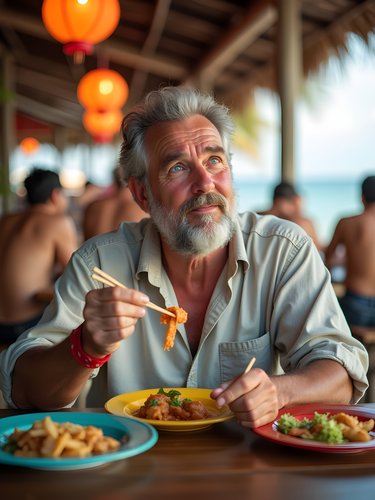
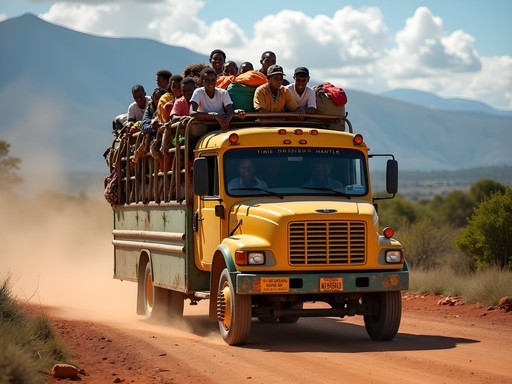








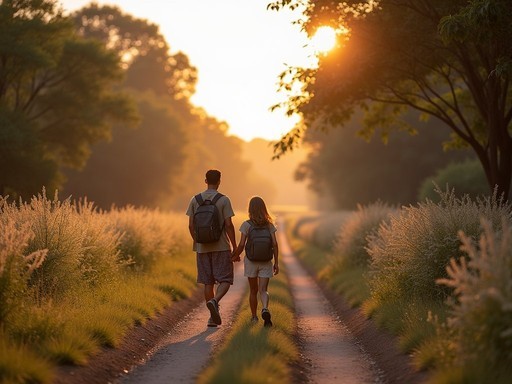
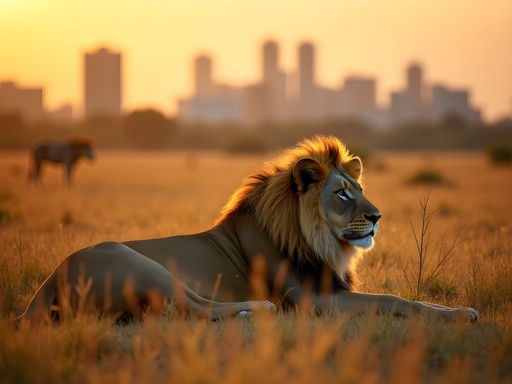

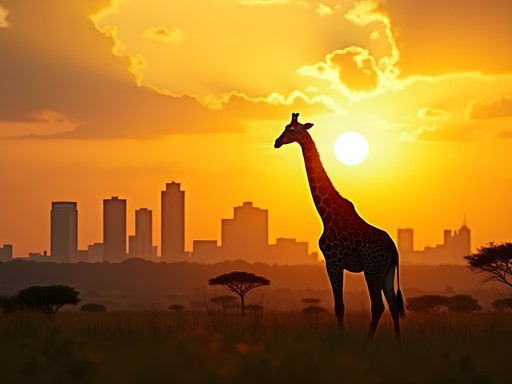

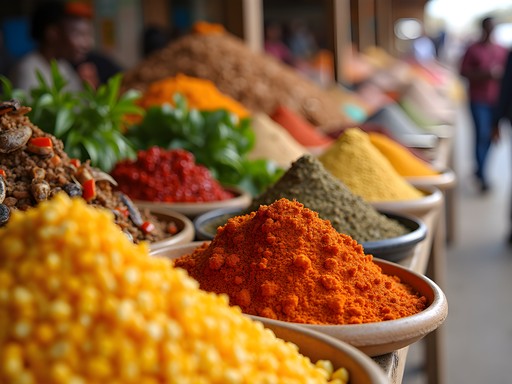
Comments
photomood4248
Those sunrise photos from Point Lenana are incredible! Was it very crowded at the summit? I'm hoping to get some clean landscape shots without too many people in frame.
adventuretime5185
Just booked my trip for next month after reading this!!! So excited! Did you find walking poles necessary for the descent? My knees aren't what they used to be either!
Hunter Bernard
Absolutely essential! Old knees and steep descents are mortal enemies. The poles saved me on that long day down from Mintos to Chogoria gate. Have a brilliant time!
backpackperson
Jumping in to agree - BRING POLES! And make sure to look up occasionally on the descent. The views through the Gorges Valley are incredible and easy to miss if you're just watching your feet.
Raymond Hassan
Great write-up, Hunter! I did this trek last year and completely agree with your route recommendation. The Sirimon-Chogoria traverse gives you the best of both worlds. One thing I'd add for readers - the altitude affects everyone differently regardless of fitness level. I saw a marathon runner struggle while a 70-year-old woman breezed past us! I'd recommend adding an acclimatization day at Shipton's Camp if possible. Also found my trekking poles absolutely essential for those knee-punishing descents on the Chogoria route. Looking forward to your next adventure!
photomood4248
Raymond - did you need a permit in advance or can you sort it when you arrive? Planning a last-minute trip next month.
Raymond Hassan
You can get permits at the gate, but I'd recommend arranging in advance through KWS website or your guide to avoid any hassles. Last-minute is doable but book your guide early!
beachqueen
Love your perspective Hunter! I'm 52 and wondering if my knees can handle this trek. Did you use hiking poles? Any specific training you'd recommend before attempting this?
Hunter Bernard
Absolutely used poles! Saved my knees on the descent. Did about 3 months of stair climbing and hill walking beforehand - nothing fancy, just consistent. You'll be grand if you prep properly!
beachqueen
Thanks Hunter! That's encouraging. Going to start my training tomorrow!
tripvibes
Those sunrise photos from Point Lenana are EPIC! Worth the climb just for those!
Casey Andersson
Hunter, I'm impressed! I did Mount Kenya last year but opted for the more luxurious approach with a private guide and porter service. Reading your authentic, down-to-earth account makes me think I missed out on some of the real adventure! Though I must say, having someone else carry my gear and prepare hot meals at camp was divine. One tip for readers: even if you're going the budget route like Hunter, consider splurging on at least one porter. The altitude makes everything harder than you expect. Also, the Fairmont Mount Kenya Safari Club in Nanyuki is a gorgeous place to recover post-hike if you want to treat yourself!
skynomad
I'm a bit worried about altitude sickness since I've never hiked above 3000m before. Did you find the acclimatization schedule in this itinerary sufficient? Any extra tips?
Hunter Bernard
The schedule I outlined is pretty conservative for exactly this reason! Key things: drink more water than you think you need, go 'pole pole' (slowly slowly) as the guides say, and don't be shy about taking an extra acclimatization day if you're feeling rough. Better safe than sorry!
Fatima Sims
Hunter, your post brought back all the memories of my Mount Kenya trek last year! The way you described that transition from the bamboo zone to the alpine moorland - spot on! One thing I'd add for anyone reading: the local matatus from Nairobi to Nanyuki can be quite an adventure themselves. I found pre-booking a shuttle with Riverside Shuttle saved me a lot of hassle. They leave from downtown Nairobi at 8am daily. Also, the ranger station at the Sirimon gate sometimes runs out of change, so bring small bills for the park fees. Your gear list is perfect though - wouldn't add or remove a single item!
sunnyblogger
Great post! Planning to do this in October. How cold did it actually get at night? Wondering if I need to invest in a warmer sleeping bag than my 3-season one?
tripvibes
Not Hunter but did this last year - definitely go warmer! It dropped below freezing at the higher camps. I used my sleeping bag and was just comfortable enough.
sunnyblogger
Thanks for the tip! Will definitely look into a warmer option then.
backpackperson
Hunter, you absolute legend! I did this exact route last year at 42 and thought MY knees were complaining! Your detailed breakdown of the Sirimon-Chogoria traverse is spot on. That day 4 climb to Point Lenana had me questioning my life choices, but the sunrise view was worth every curse word muttered along the way. Appreciate the honest take on the altitude challenges too - I found sucking on hard candies helped with the headaches for some reason. Your bus driver insights on the terrain transitions are unique and super helpful!
Hunter Bernard
Cheers mate! Hard candies, eh? Never thought of that one - will try it next time. The old knees definitely had some choice words for me on day 5's descent!
backpackperson
Yeah, some local guide recommended them! And that descent is brutal - I was walking like a cowboy for days after!
Venture X
Premium card with 2X miles, $300 travel credit, Priority Pass